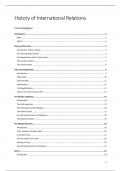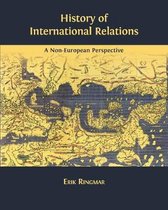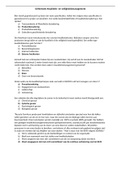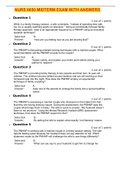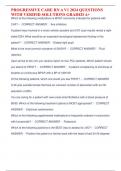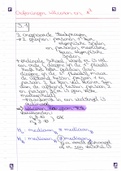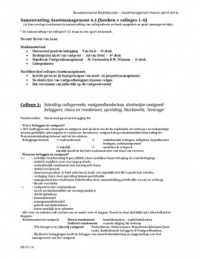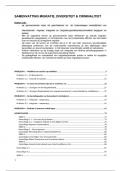Samenvatting
Summary History of International Relations (UpToDate)
- Instelling
- Universiteit Antwerpen (UA)
Dive into the most up-to-date and complete summary of the course of Jorg Kustermans. With this document you study only the necessary information making this summary the most eligible preparation for your exam of 'History of International Relations'.
[Meer zien]
